
How To Manage Your Contacts as an Artist
Tutorial & Template
Mircea Cantor is Romanian contemporary artist living and working on ‘Earth’ – quoting his artist bio at Dvir Gallery.[1] Cantor is a multimedia artist known for his videos, photography and mixed-media installations.
Born in 1977, Cantor has achieved international recognition for his diverse body of works since the 00s and in particular in the 10s after winning the the Marcel Duchamp Prize in 2011. The Romanian artist is part of a generation of artists linked with the the dominant rise of the contemporary art scene in Cluj in the first two decades of the 21st century.
As a neoconceptualist, Cantor is known for his evocative and metaphorical works, marked by an attitude of reflection towards a broad world view. Recurring concepts include ideology as such, multivalence, the self and the other. An interplay of meaning arises in his oeuvre characterized by a postmodern multitude of analogies for interpretation, language and categorical concepts as a frame for knowledge and meaning.[2]
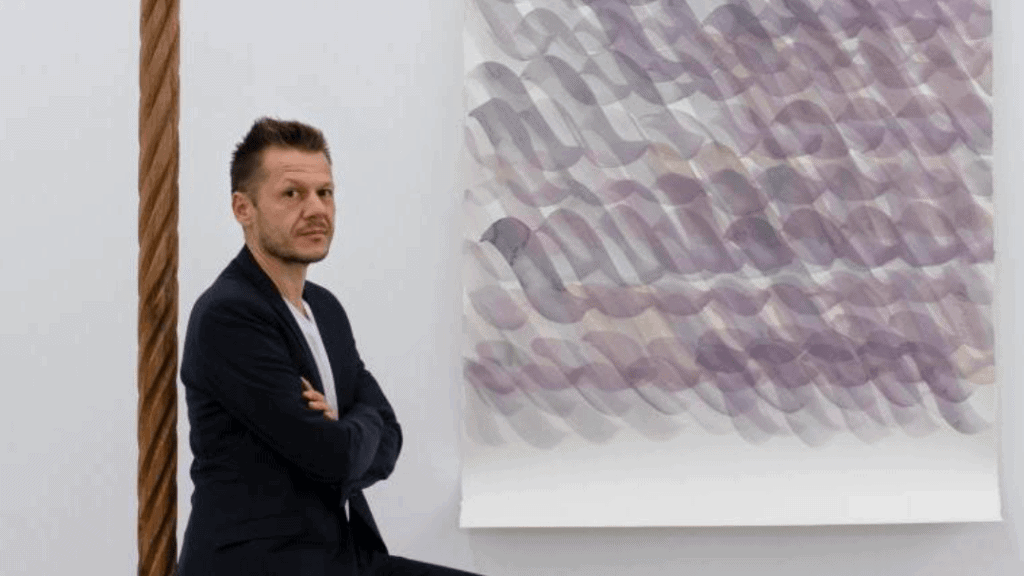
As his artist bio states – living and working on ‘Earth’ – Mircea Cantor has been exhibiting across the globe. Further, beside winning the aforementioned 2011 Prix Marcel Duchamp in Paris, France, Cantor has won the Best Dance Short Film Awards the very same year at the Thiburon International Film Festival in the United States of America; the 2010 Zece Pentru Romania Award by Realitatea TV in Romania; a nomination in 2008 for the Artes Mundi Prize in Wales, the United Kingdom and winning the 2004 Prix Paul Ricard S.A. in Paris, France. More recently, Cantor has been shortlisted for the 2018 Mario Merz Prize in Turin, Italy and has won the 2017 Aspen Leade rship Prize in Bucharest Romania.
As a result, Cantor features in renowned public and private collections such as the Rennie Collection, Vancouver, Canada; the Centre Pompidou, Paris, France; the Museum of Modern Art (MoMA), New York, the United States of America; Museum Abteierg, Mönchengladbach, Germany; the Museo Nacional Centro de Arte Reina Sofia, Madrid, Spain; the Fondation Louis Vuitton, Paris, France; Magazine 3, Stockholm, Sweden; Kunsthaus Zürich, Zürich, Switzerland; the Philadelphia Museum of Art, Philadelphia, the United States of America; the Hirshhorn Museum, Washington D.C., the United States of America; the Walker Art Center, Minneapolis, the United States of America; the Yvon Lambert Collection, Avignon, France; the Pinault Collection, France; the Castello di Rivoli, Turin, Italy.[3]
For further reading on Mircea Cantor we highly recommend the following books:
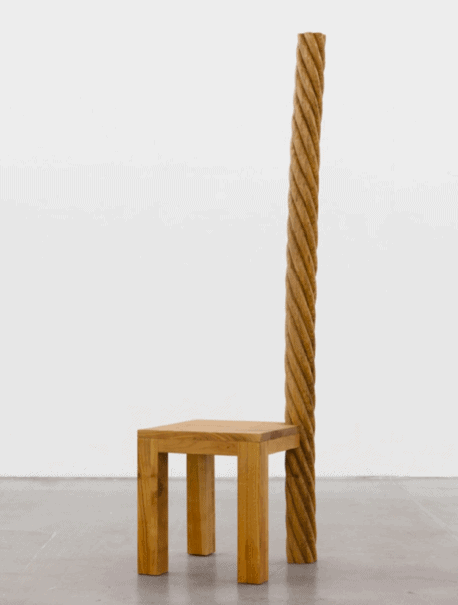
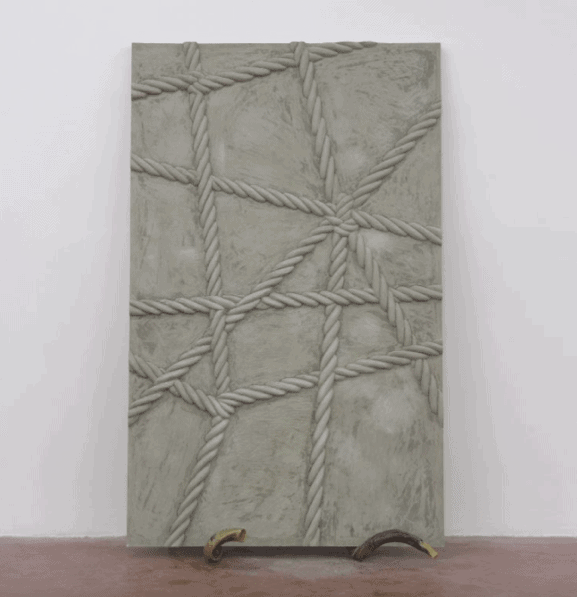
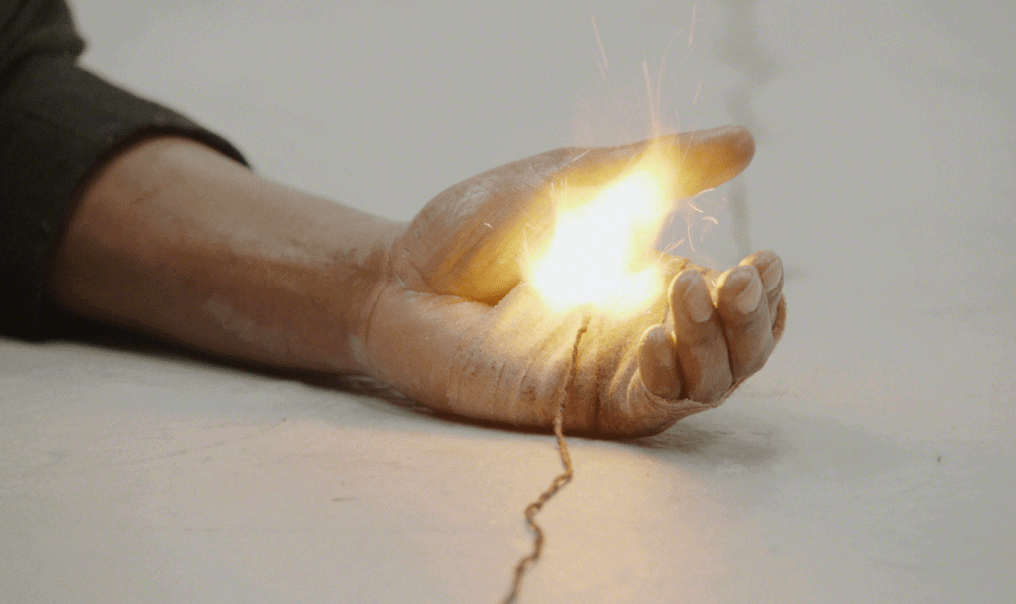
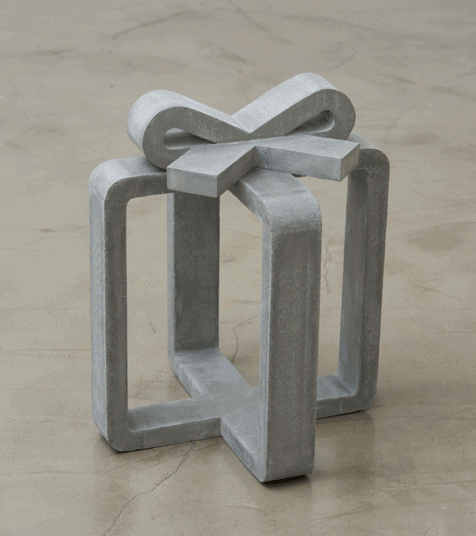
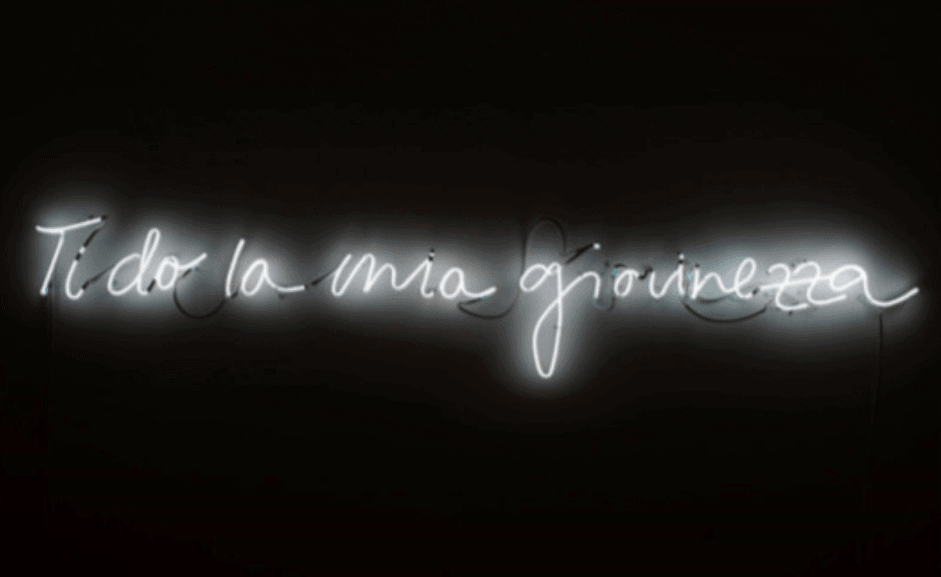
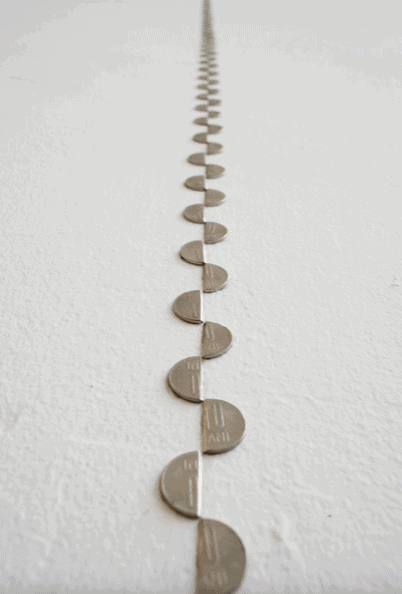
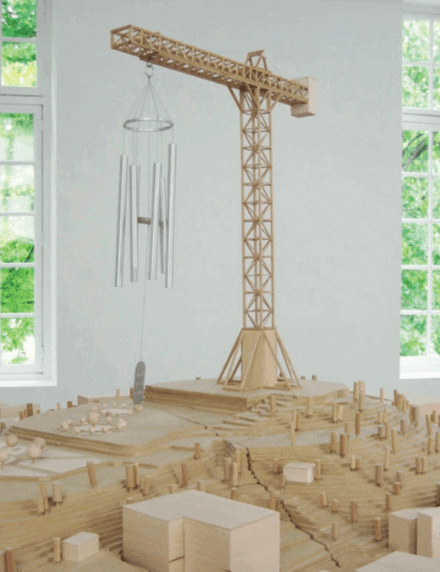
Notes:
[1] Dvir Gallery, Mircea Cantor at http://dvirgallery.com/artist/mircea- cantor/ consulted 25/03/2021.
[2] Artsy, Mircea Cantor at https://www.artsy.net/artist/mircea- cantor consulted 11/01/2021.
[3] Ibidem note 1.
Last Updated on August 1, 2023

Tutorial & Template

A Studio Visit During the La BIBI Residency